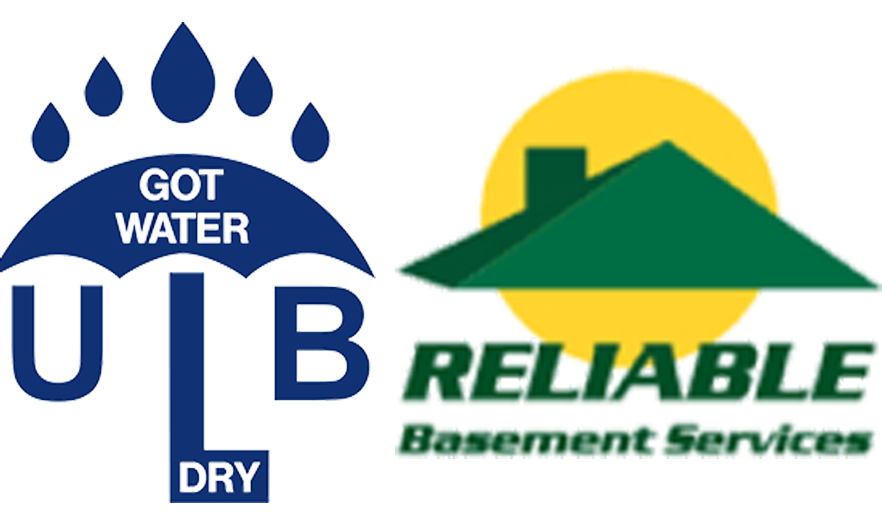
When moisture gets into your basement, it can cause a wealth of problems, from mold and mildew to structural damage. Many homeowners, however, don’t know much about what it takes to waterproof a basement. Here, we offer something of a crash course on the basics of basement waterproofing.
Why is basement waterproofing important? When it rains or snows, it’s possible for water to run into your basement through a variety of channels. It could be a leaky egress window, but it’s just as likely to be the result of excess moisture in the soil seeping through. Freeze/thaw cycles put pressure on the foundation of your home and your basement walls, and this can create weaknesses and cracks that allow moisture in. Once moisture is in your basement, it can cause damage to your floors, walls, and belongings, create electrical hazards, and threaten your home’s structural integrity. To prevent these problems, several methods of basement waterproofing are used.
- Your first line of defense is directing water away from the house. This means making sure gutters and downspouts divert water at least eight feet away and regarding the ground around the foundation so that it slopes away from the house instead of toward it.
- Repairing cracks helps prevent further seepage. Check your basement walls for cracks where water could be seeping in. Hydraulic cement or expanding polyurethane can be used to seal these cracks on the interior and reduce the likelihood of water coming through. Cracks that can’t be reached from inside can be sealed on the exterior using sodium bentonite clay. This absorbs water and forms a permanent water barrier.
- An exterior waterproofing membrane is highly effective. After excavating the walls down to the footings, the waterproofing team cleans the wall and applies the membrane. After that, the membrane may be covered with a heavy-duty plastic drainage board and/or insulating material.
- Interior and exterior drains can help. For an interior drain, about a foot-wide section of the basement floor is removed. A trench is then dug in the underlying soil, washed gravel is poured in, and pipe is laid on top of the gravel. The pipes are connected at one or both ends to the sump basin. The trench is filled with more gravel, and the floor is replaced. For an exterior drain, the same process is followed on the outside of the house. Often, exterior drains are installed in conjunction with a waterproofing membrane.
If your basement needs waterproofing, ULB-DRY Waterproofing can help. A family-owned and operated company, we’ve served the greater Chicagoland area for more than ten years. We offer a full spectrum of basement services, charging reasonable rates for work that includes crack repairs, sump pump systems, basement waterproofing, basement windows, and floor repair. Our consistently high standards have made us an award-winning Chicago basement waterproofing contractor and earned us thousands of satisfied customers all over Chicago. For more information, call (708) 978-7558 or visit our website for a free quote.





